Mimmo Rotella: Selected Early Works
Domenico "Mimmo" Rotella, (Catanzaro, 7 October 1918 – Milan, 8 January 2006), was an Italian artist considered an important figure in post-war European art. Best known for his works of décollage and psychogeographics, made from torn advertising posters. He was associated to the Ultra-Lettrists an offshoot of Lettrism and later was a member of the Nouveau Réalisme, founded in 1960 by the art critic Pierre Restany.
Following his return to Rome from a residency at Kansas City University in 1952, Rotella consciously abandoned abstract painting as his primary form of expression. Stirred by the presence of movie and advertising posters around the city – and inspired by a cadre of other artists in the Italian capital at this time, such as Alberto Burri, Robert Rauschenberg, Salvatore Scarpitta, and Cy Twombly – Rotella began to rip banners and placards from walls and utilize them as the source material for his now-notorious assemblages.
These works take two distinct forms: in the décollages, Rotella piled and glued advertisements face-up before tearing away and incising individual layers, thereby creating intentional and accidental expressionist juxtapositions of bold words, pop cultural images, and various hues. By contrast, the artist’s retro d’affiches, using only the posters’ often-untouched versos, showcase a concern with materiality à la Art Informel, as evidenced by the visible traces of glue, rust, plaster, and dust present in these compositions.
Hardly a veneration of popular tastes, Rotella’s works collapse any semblance of cultural hierarchy onto itself. Famous actors and consumer products all receive equal billing in the artist’s arrangements. Similar to his American Pop Art counterparts, Rotella’s excavation of wide-ranging social figures roots the décollages in the time of their creation, while simultaneously underscoring the ephemerality of the present moment.
Mimmo Rotella was born in 1918 in Catanzaro, Italy, and passed away in 2006 in Milan. Over the course of his career, Rotella was the subject of solo and group exhibitions at many international institutions, including: Institute of Contemporary Arts, London; Musée d’Art Moderne et Contemporain, Nice; Musée Tinguely, Basel; Kunsthaus Zürich; Palazzo Grassi, Venice; and Palazzo Reale, Milan. Rotella’s works are held in numerous prominent public collections worldwide, including: Galleria Nazionale d’Arte Monderna e Contemporanea, Rome; Galleria Civica di Arte Moderna e Contemporanea, Turin; Centre Georges Pompidou, Paris; De Menil Collection, Houston; Museum Moderner Kunst Stiftung Ludwig, Vienna; National Gallery of Art, Washington D.C.; Staatgalerie, Stuttgart, Germany; and Tate Gallery, London.
This exhibition is realized in collaboration with the Mimmo Rotella Institute. Established in 2012 by Inna and Aghnessa Rotella, the Institute aims to promote and preserve the art of Mimmo Rotella both in Italy and abroad. Rotella’s heirs appointed Germano Celant to edit the artist’s multi-volume catalogue raisonné, of which the first volume was recently published.
In conjunction with the exhibition, Gladstone Gallery has published a catalogue with essays by Antonella Soldaini and Veronica Locatelli, both of the Mimmo Rotella Institute.
For more information of the exhibition >>>






























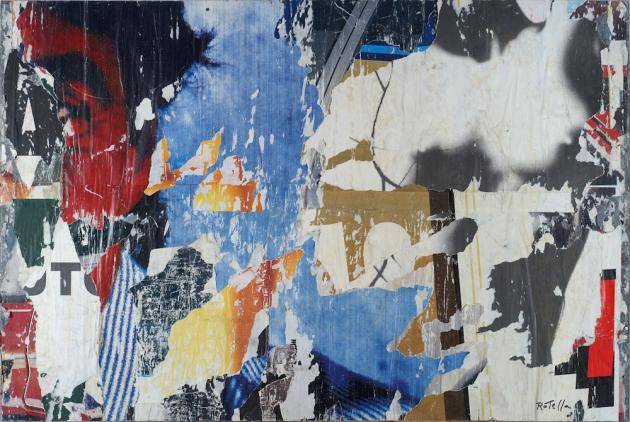
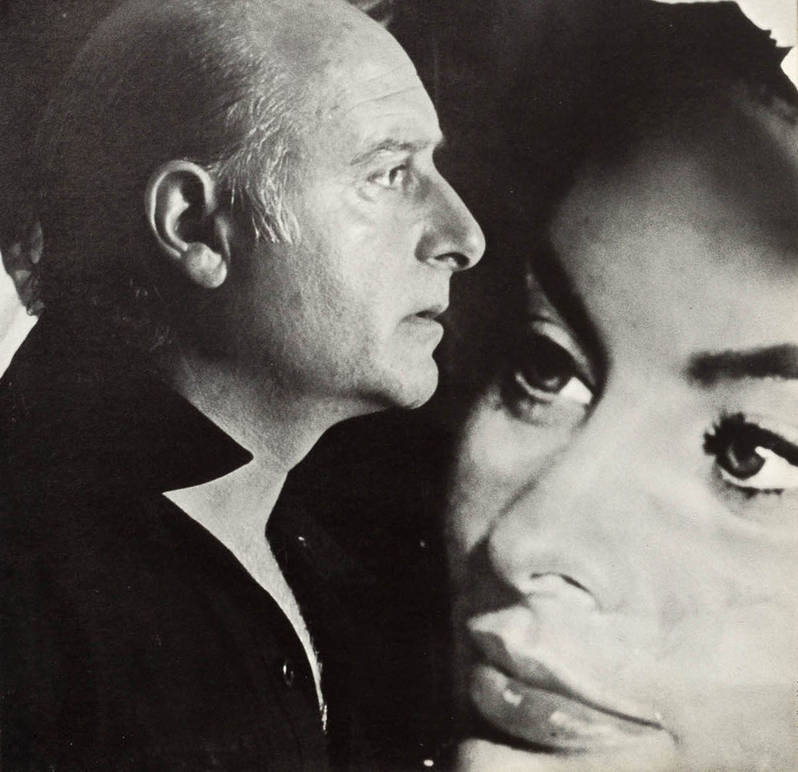
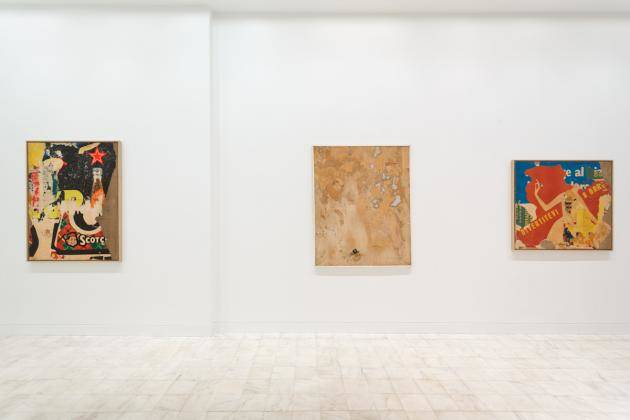
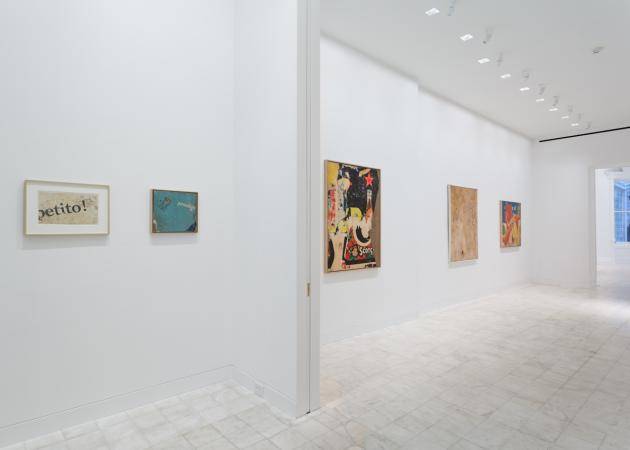
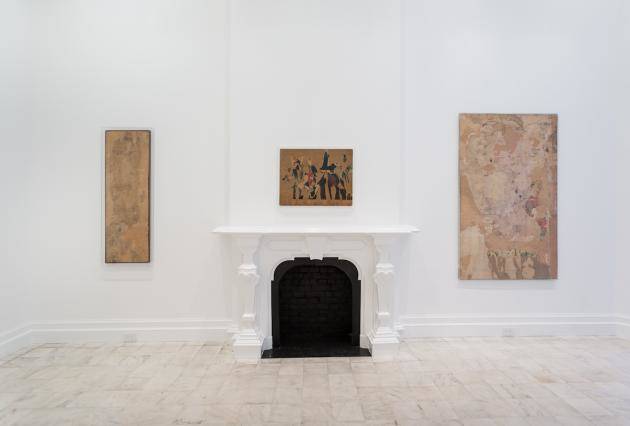
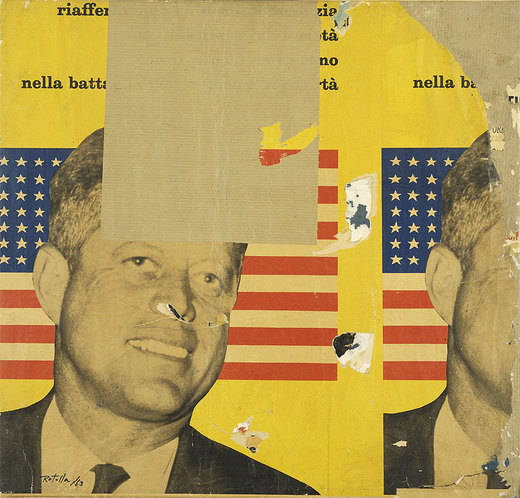



i-Italy
Facebook
Google+
This work may not be reproduced, in whole or in part, without prior written permission.
Questo lavoro non può essere riprodotto, in tutto o in parte, senza permesso scritto.